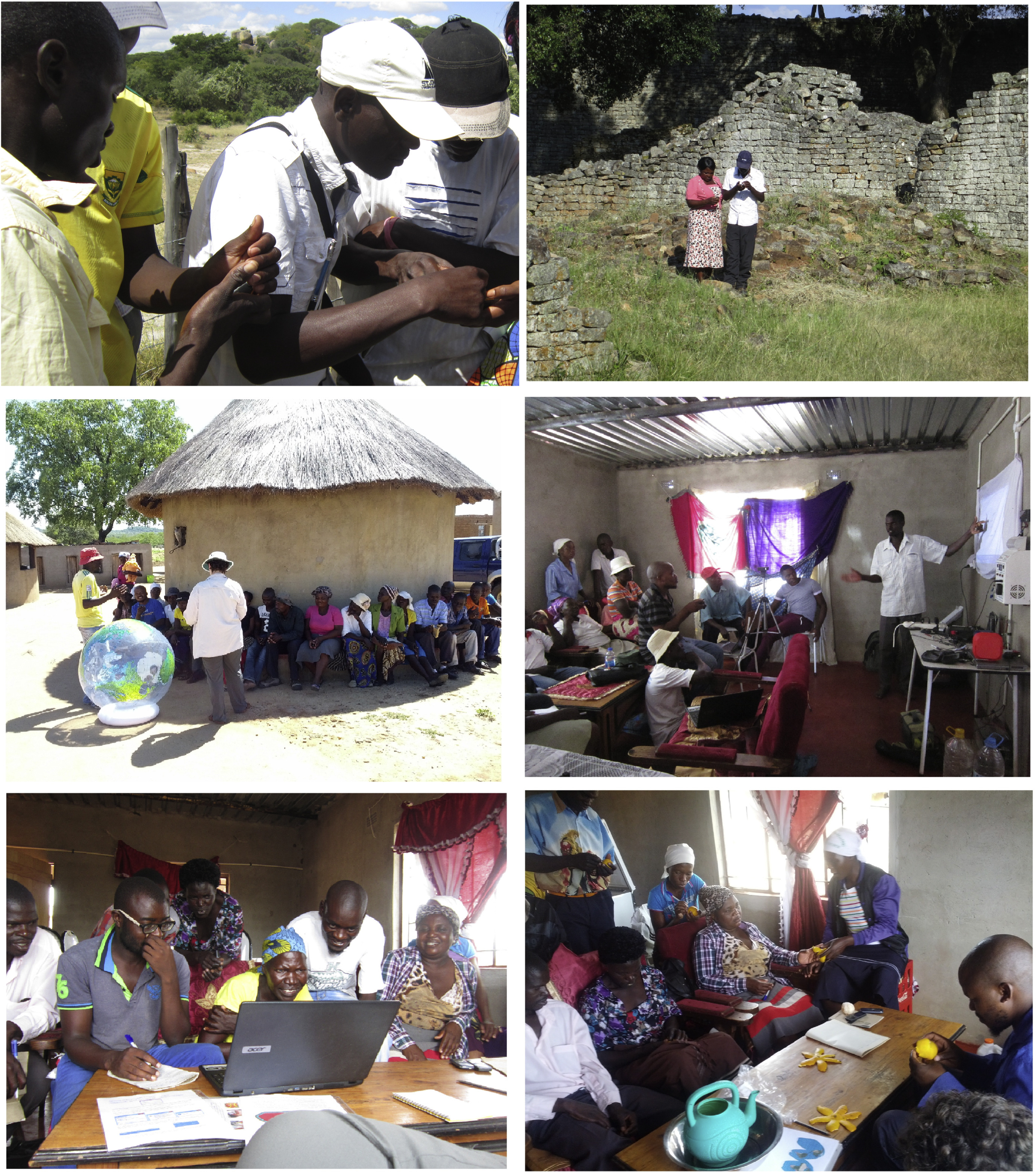Household methodologies (HHM) intervene directly in intra-household gender relations to strengthen overall smallholder agency and efficacy as economic agents and development actors. Strengthening women's agency is one mechanism for progressing towards collaborative, systemic farm management. It is expected this will contribute to improved farm resilience in the face of climate change, strengthen food and nutrition security, and improve other development indicators.
Albinism in Africa, Historical, Geographic, Medical, Genetic, and Psychosocial Aspects, 2018, Pages 257-270


